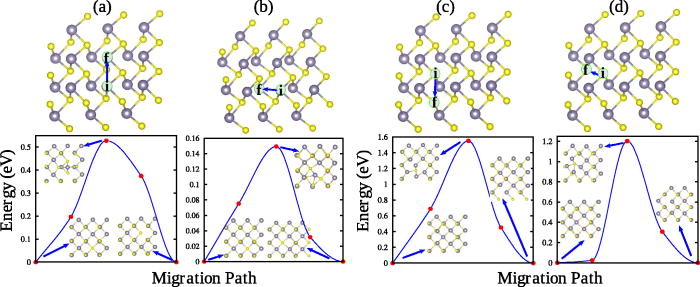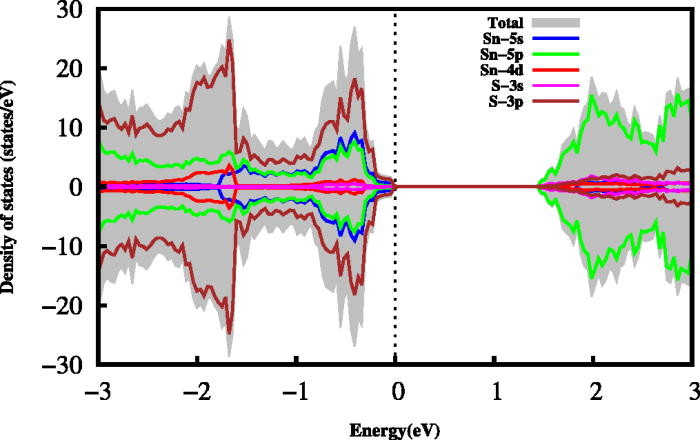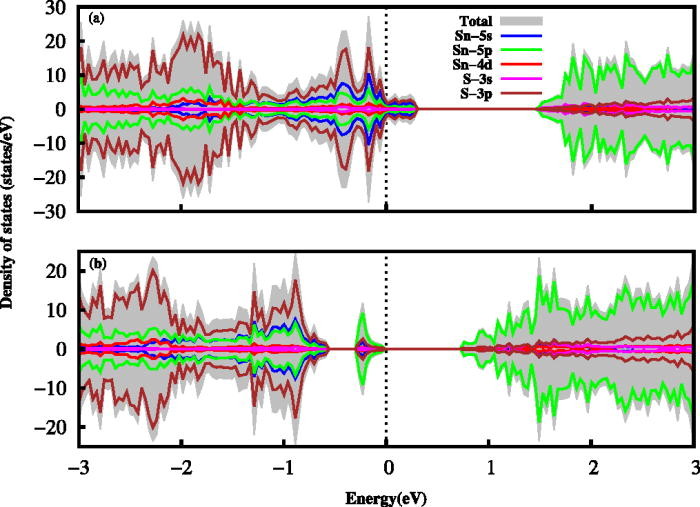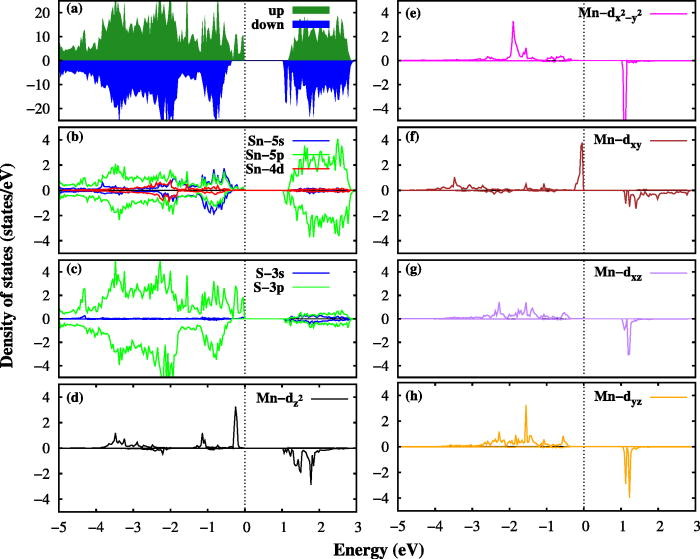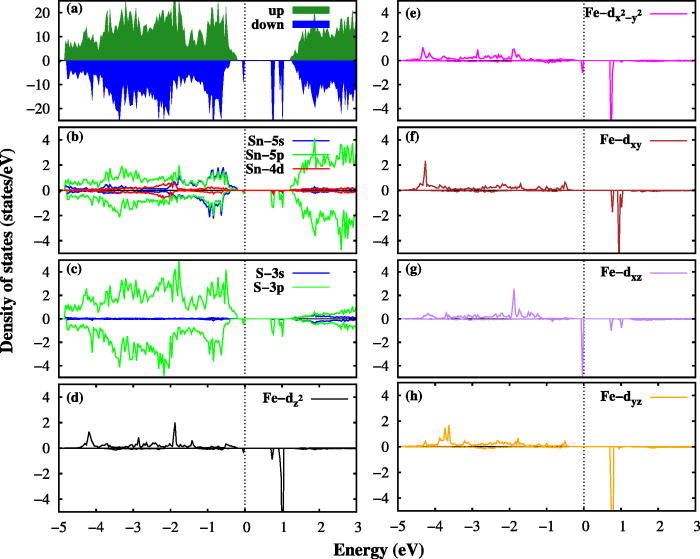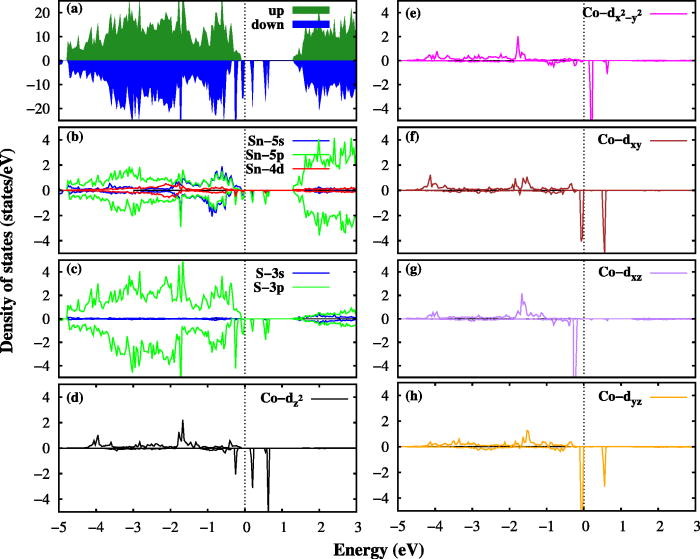Back To Listings
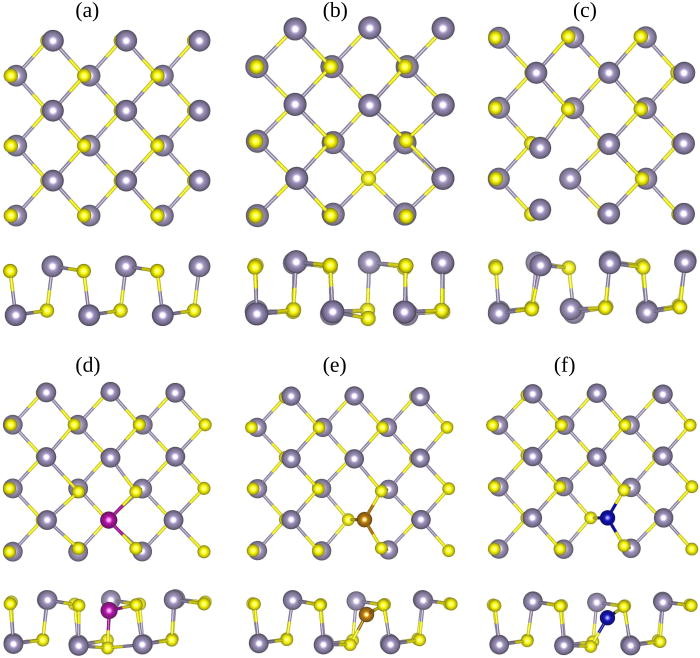





- First authors: Hamid Ullah
- Corresponding authors: Young-Han Shin
- Whole authors: Hamid Ullah, Mohammad Noor-A-Alam, Hye Jung Kim, Young-Han Shin
- Authors from M3L: Hamid Ullah, Hye Jung Kim, Mohammad Noor-A-Alam, Young-Han Shin
Based on the first-principles calculations, we investigate the structural, electronic, and magnetic properties of defects in monolayer SnS. We study the formation and migration of vacancies at both Sn- and S-sites. In comparison to the S-site vacancy, our calculations show that creating a vacancy at the Sn-site requires lesser energy, indicating that the vacancy at the Sn-site is more likely to be formed in experiments with energetic particle irradiation. For the Sn-rich (S-rich) environment, the vacancy at the S-site (Sn-site) is more likely to be found than the vacancy at the Sn-site (S-site). Reducing the formation of vacancy clusters, the S vacancy remains at the position where it is created because of the high vacancy migration barrier. Both types of vacancies remain nonmagnetic. To induce magnetism in monolayer SnS, we also study the transition metal (TM = Mn, Fe, and Co) doping at the Sn-site and find a significant influence on the electronic and magnetic properties of monolayer SnS. The doping of TM changes non-magnetic monolayer SnS to magnetic one and keeps it semiconducting. Additionally, long-range ferromagnetic behavior is observed for all the doped system. Hence, doping TM atoms in monolayer SnS could be promising to realize a two-dimensional diluted magnetic semiconductor. More interestingly, all the doped TM configurations show a high spin state, which can be used in nanoscale spintronic applications such as spin-filtering devices.
Authors from M3L

Hamid Ullah
hamid.uou@gmail.com
Hye Jung Kim
hjungkim88@gmail.com
Mohammad Noor-A-Alam
noor.uou@gmail.com
